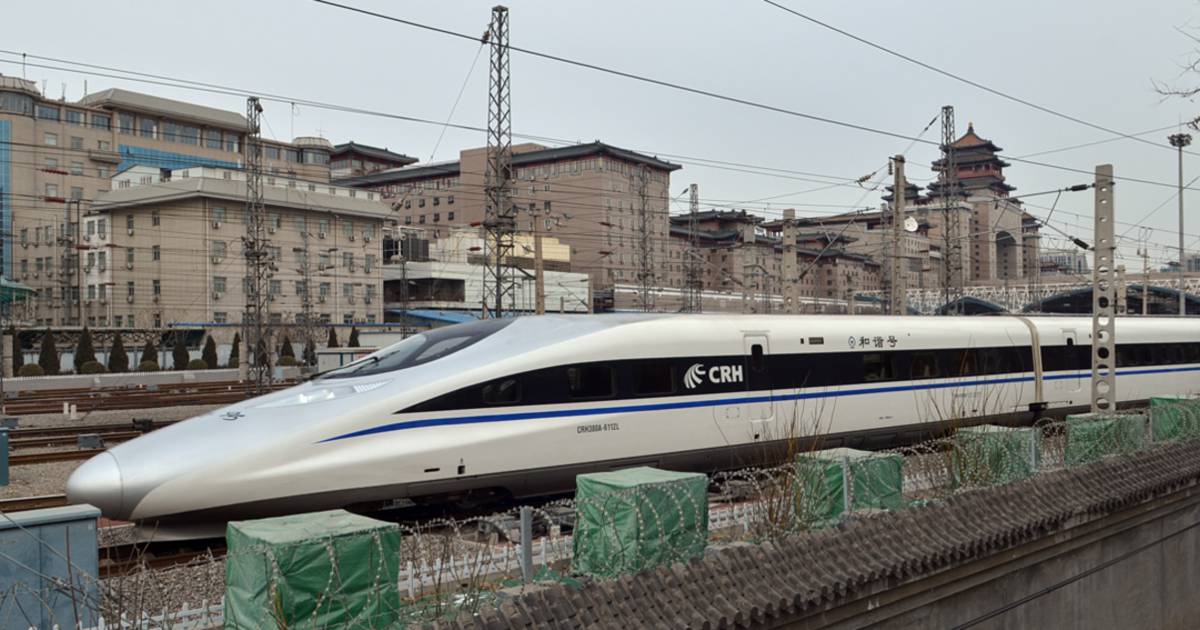The world’s longest high-speed rail network will reach downtown Hong Kong on September 23, offering a direct connection to 44 continental destinations. This rail network extends over 25,000 kilometres and is a major competitor for airlines in a market where congested airspace and limited landing slots lead to regular delays. Since the first high-speed train service linked Beijing to the neighbouring port city of Tianjin ten years ago, Chinese airlines have lost customers, especially for trips of less than 800 kilometres.
 Several factors argue in favour of this train. A high-speed trip can cost less than half the price of an airline ticket. Passengers would also save time on pre-boarding security checks required for flights and travel to and from airports. And then, for many travellers, the wider seats, increased legroom and freedom of movement translate into greater comfort. At a time when airlines are reducing seat sizes more and more, the argument is making headway.
Several factors argue in favour of this train. A high-speed trip can cost less than half the price of an airline ticket. Passengers would also save time on pre-boarding security checks required for flights and travel to and from airports. And then, for many travellers, the wider seats, increased legroom and freedom of movement translate into greater comfort. At a time when airlines are reducing seat sizes more and more, the argument is making headway.
Finally, rail also has an advantage for a city where the typhoon season can disrupt flight schedules. When Typhoon Mangkhut crossed the city a few days ago, more than 1,400 flights had to be cancelled in the region. Which hardly ever happens with the train.